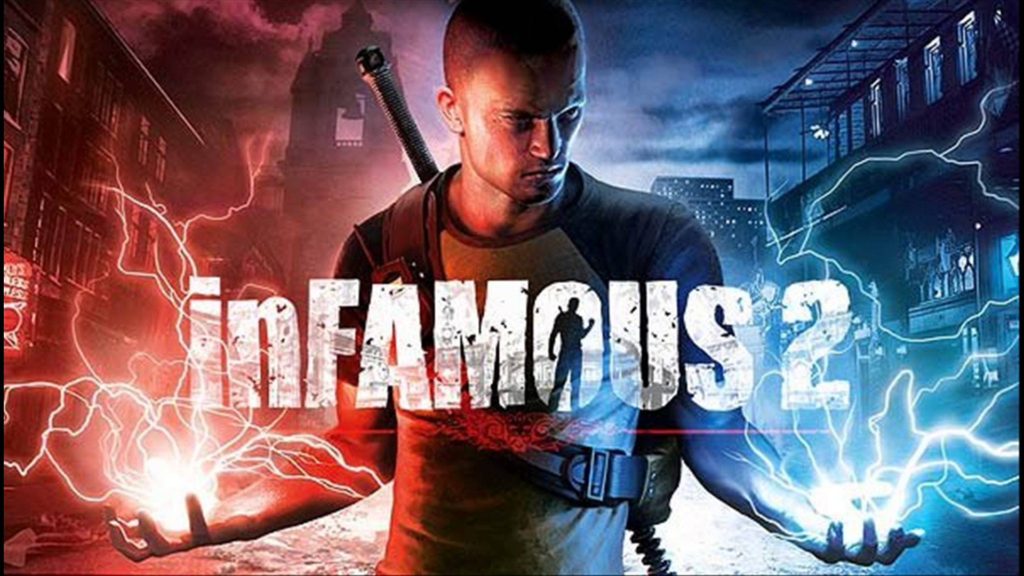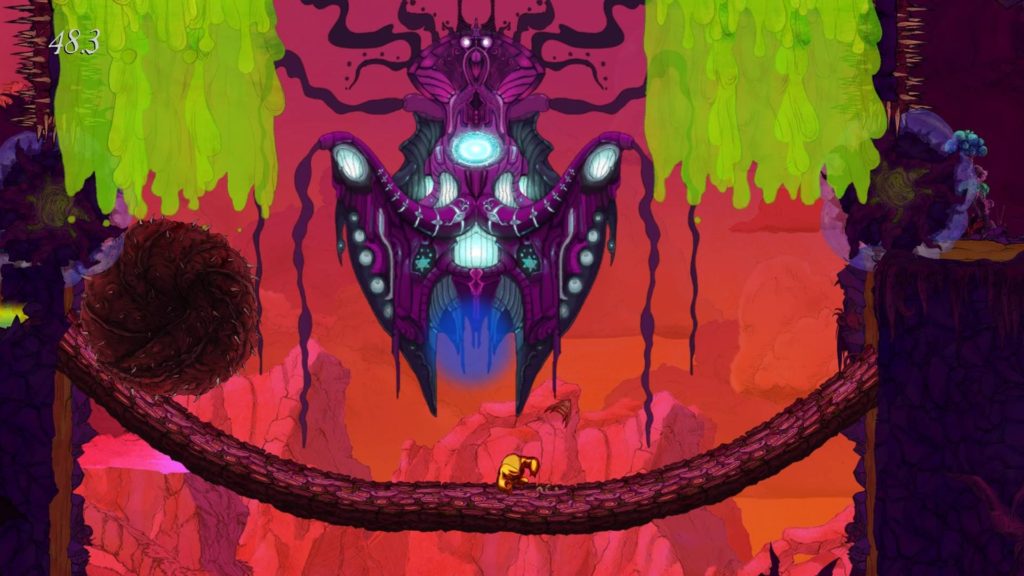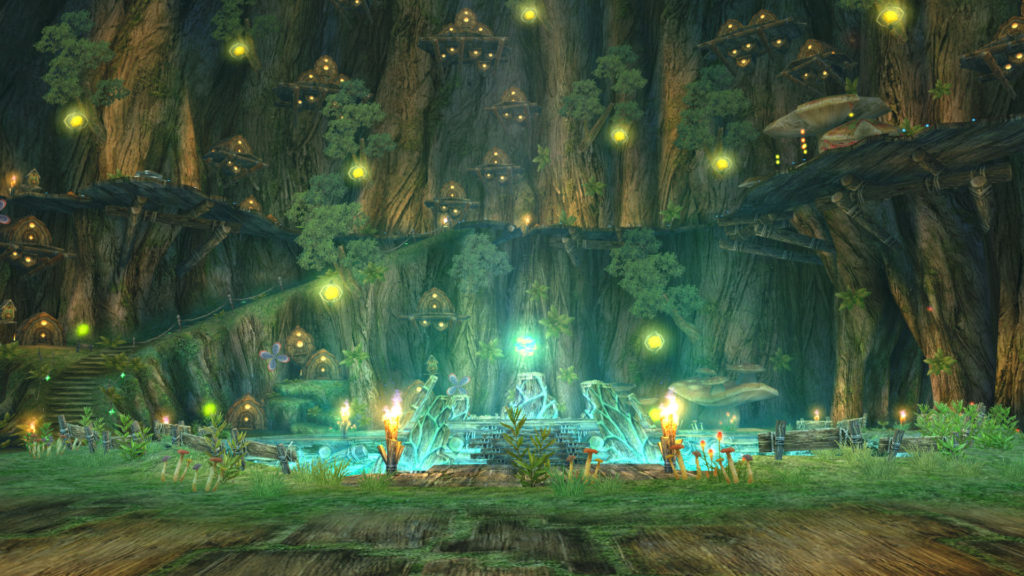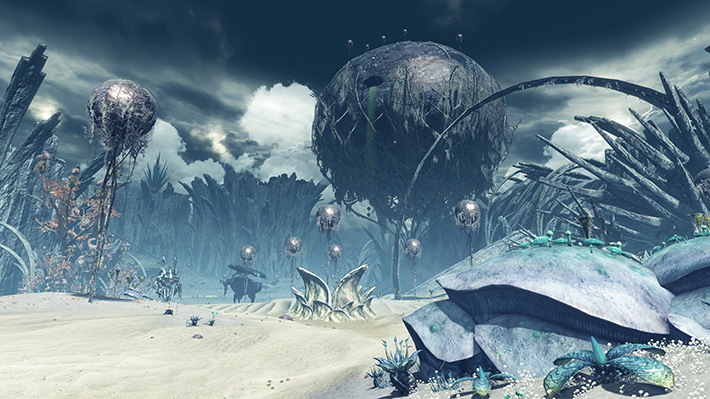It’s hard to believe that it’s already been almost two years since the launch of Super Smash Bros. For 3DS and Wii U. These two titles have shaken the world of gaming, as expected from a title in the illustrious series. I mean who doesn’t love Smash? In this designer talk, we’re gonna take a look at the Smash titles. From the original to the most recent, Brawl has been the only title in the series not to have a very large and consistent player-base. Competitive Smash is huge, and until this last year Melee was the game in the series with the largest scene.
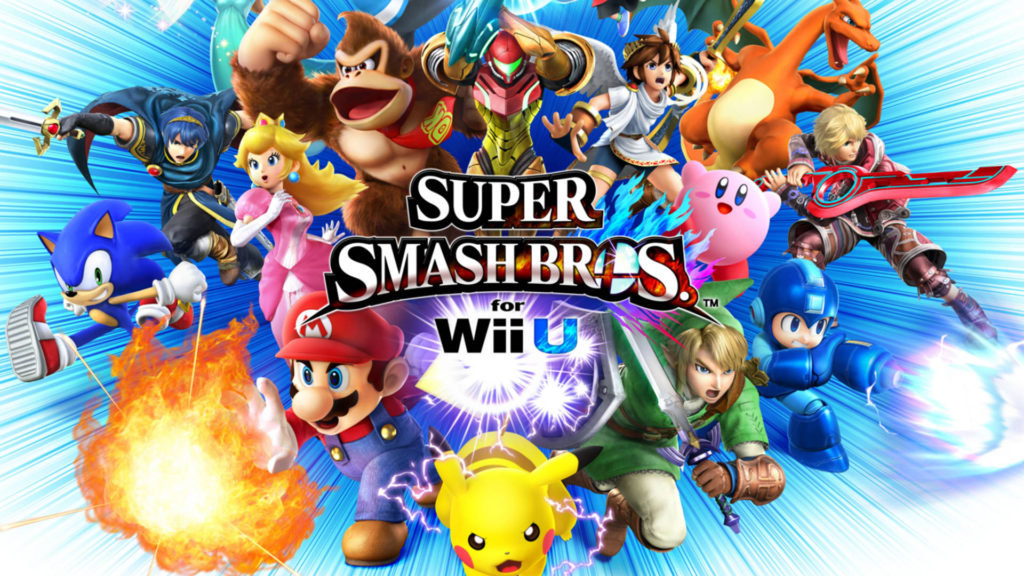
What does this mean? Well think about it. Super Smash Bros. Melee launched fifteen years ago. Feel old yet? Anyway, this game has managed to survive, and in my personal experience Brawl was a game I could play for hours at a time, over the span of something close to eight years. What about these games made them so easy to stay close to? Let’s go over that in this designer talk on Longevity.
Longevity basically means that something has a lengthy lifespan. In the context of video games it means that a game will be cherished for years after its launch. MMORPGs often fall under this category in some ways, but it’s generally more applicable to titles that don’t necessarily see updates regularly.
The Wii U and 3DS installments of the series have longevity for one reason. Customization. You can change builds on pre-existing characters and make Mii Fighters. You can hand-draw your own stages, and pick from one of gaming’s largest soundtracks. This game allows you as a player to create your own content, and essentially generate an infinite amount of combinations to ensure that in this FIGHTING game, no two matches will ever come close to being the same.
I really noticed this a few years ago, but it resurfaced for me just yesterday when I decided to drop my usual mains, Pit, Shulk, and Cloud (yes, I play as the anime sword fighters) and pick up Little Mac again. It had been over a year since I used him outside of the Smash Tour mode. When I really started trying to reset myself into my flow with him as a character, the game felt entirely different than with the previous characters I had been using. Based on the character you focus on learning, your style, your flow, your comfort can change so drastically. Top that off with a cast of nearly 60 fighters, and the Mii Fighters, who can have some of the most varying special moves of any character in the game, and you have an immortal roster. The characters in this game will never grow stale.
If you create a game where your style of play influences the experience you’re having in such a drastic way, you can achieve longevity. I personally think the sometimes criticized Warriors series by Tecmo-Koei gets this concept perfectly. Depending on the warrior you select, you’re not just doing different combos. You’re playing a different game. A lot of games are really starting to get on board with this experience. Granted, it’s not for everyone.
Hearthstone: Heroes Of Warcraft manages to maintain longevity, not due to its versatile level of experience, but it’s structure for competition, it’s deceptively simple gameplay, and the ability to pick up and play for brief bursts. There are multiple ways to achieve longevity, but Smash, I feel captures it in a way most applicable to my style of game.
Alright, that’s another one for the books! Thank you all for reading, and sorry there was no post yesterday. Depending on how things go tomorrow, I may try to post twice. In the meantime, thank you all for reading and come back soon for more from the GAME ROOM!!!
